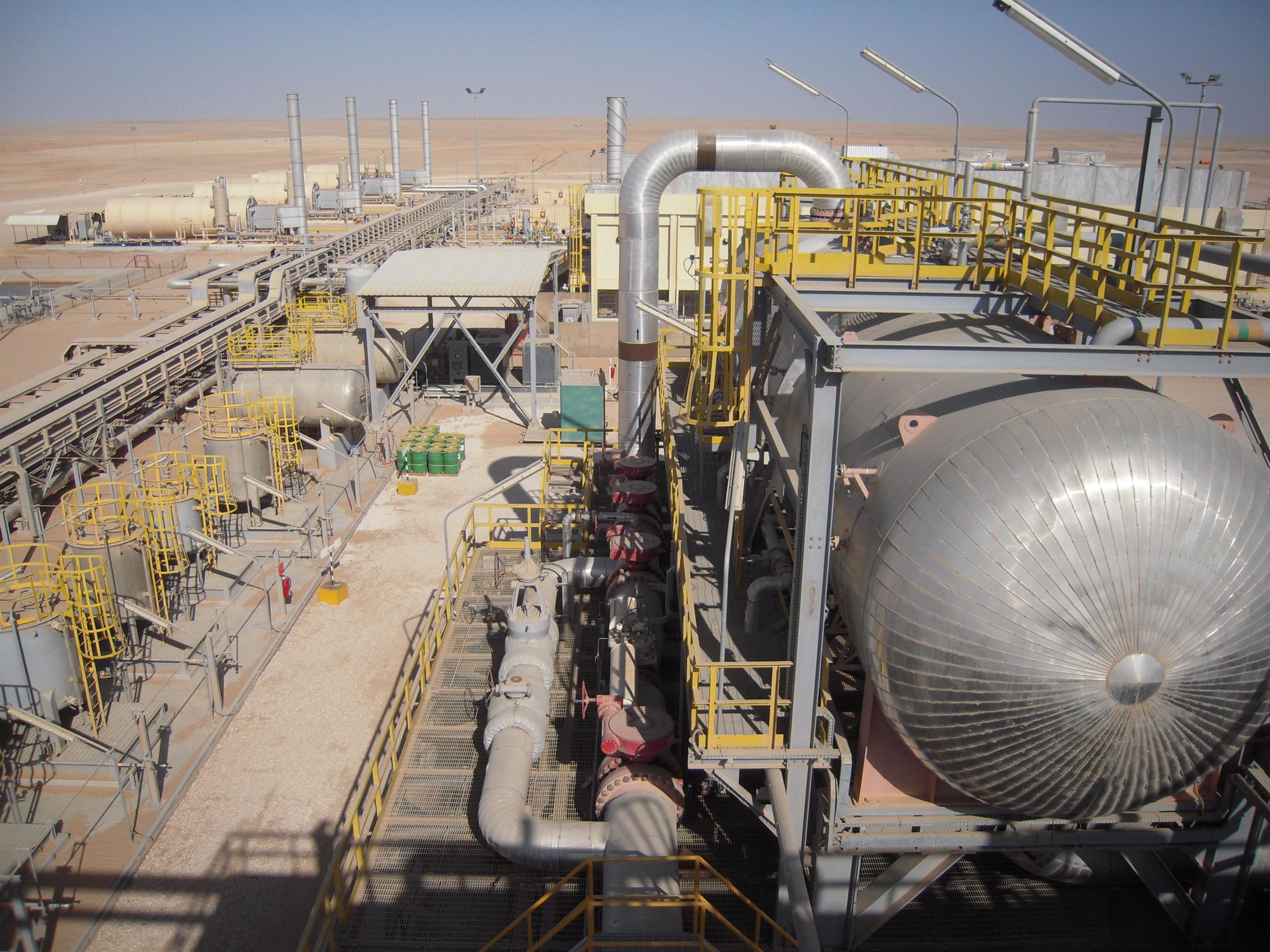In line with efforts to boost production from hydrocarbon reserves in Khuzestan Province, plans are in place to raise recovery factor from the oilfields in the region by a maximum of 20%, managing director of the National Iranian South Oil Company said.
"Upon the completion of ongoing enhanced oil recovery (EOR) projects in all 66 reservoirs in the oil-rich region, recovery factor will increase by 15-20%," Bijan Alipour was also quoted as saying by ISNA on Sunday.
Recovery factor is the ratio of technically and economically recoverable reserves to the total amount of oil in a reservoir.
Pointing to serious challenges to raise recovery rate, Alipour noted that research projects are being conducted to devise the best method for different fields in the area, namely Ahvaz, Shadegan and Mansouri, based on their geological structure.
"In some fields, more wells need to be drilled to boost output, yet others require submersible pumps," Alipour said, adding that installation of pumps in some fields like Ahvaz can surge recovery rate from 6.5% to 10%.
According to the official, there are 66 reservoirs in Khuzestan, of which 18 are in the middle of their life cycle, yet they constitute 67% of the country's oil volume, at 230 billion barrels.
Referring to different enhanced oil recovery techniques, he noted that gas injection has proven to be the best method to raise production from Khuzestan oil and gas deposits, that is why the method has been applied for 40 years in 50% of the region's reservoirs and led to an 8% rise in recovery factor.
"Bangestan reservoirs that account for 25% of the region's in-place oil reserves, at 86 billion barrels, are the most serious challenge for increasing the recovery factor due to geological structures," Alipour said, adding that gas injection is not working in the reservoir and NISOC's specialists are conducting research to find other recovery methods.
"Recovery factor in Ahvaz, Shadegan and Mansouri fields amounts to 55% and injecting water can raise it by 20%," he added.
According to Alipour, studies conducted by NISOC over the last three years show Khuzestan oil reserves have increased by 2.5 billion barrels, reaching 96 billion barrels.
NISOC, the biggest domestic oil and gas supplier, produces 2.8 million bpd of oil, or more than 80% of Iran's total crude oil and almost 16% of its gas.
Energy experts, including Alipour, believe that should Iran fail to raise the rate of recovery from its underground hydrocarbon reservoirs with the help of advanced know-how, it will lose a huge source of revenue.
Reportedly, Iran's in-place oil reserves are estimated at 800 billion barrels. Raising the recovery rate by merely 1% is equivalent to adding 8 billion barrels to production, which would generate $400 billion at a rate of $45 for each barrel of oil.


